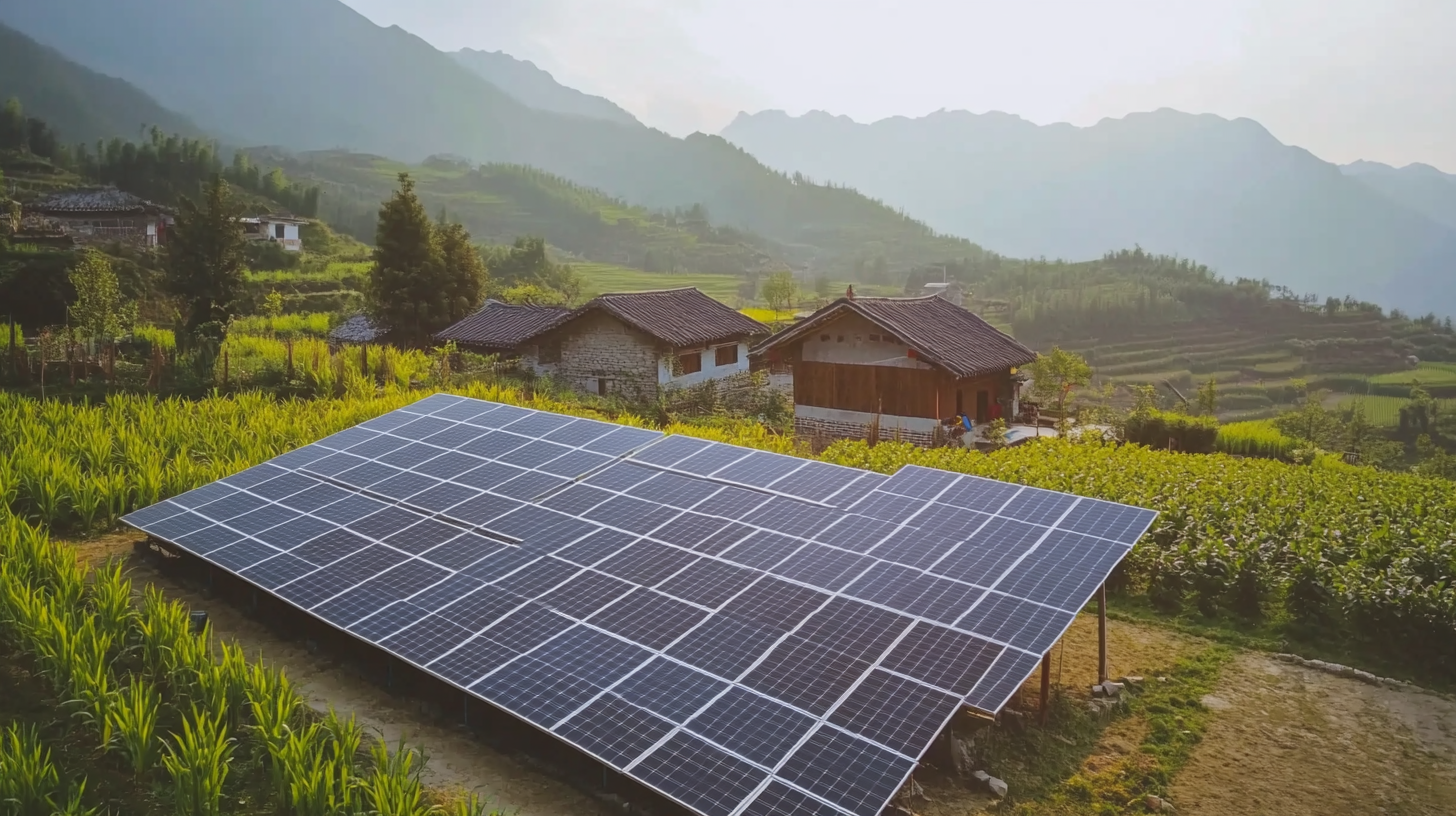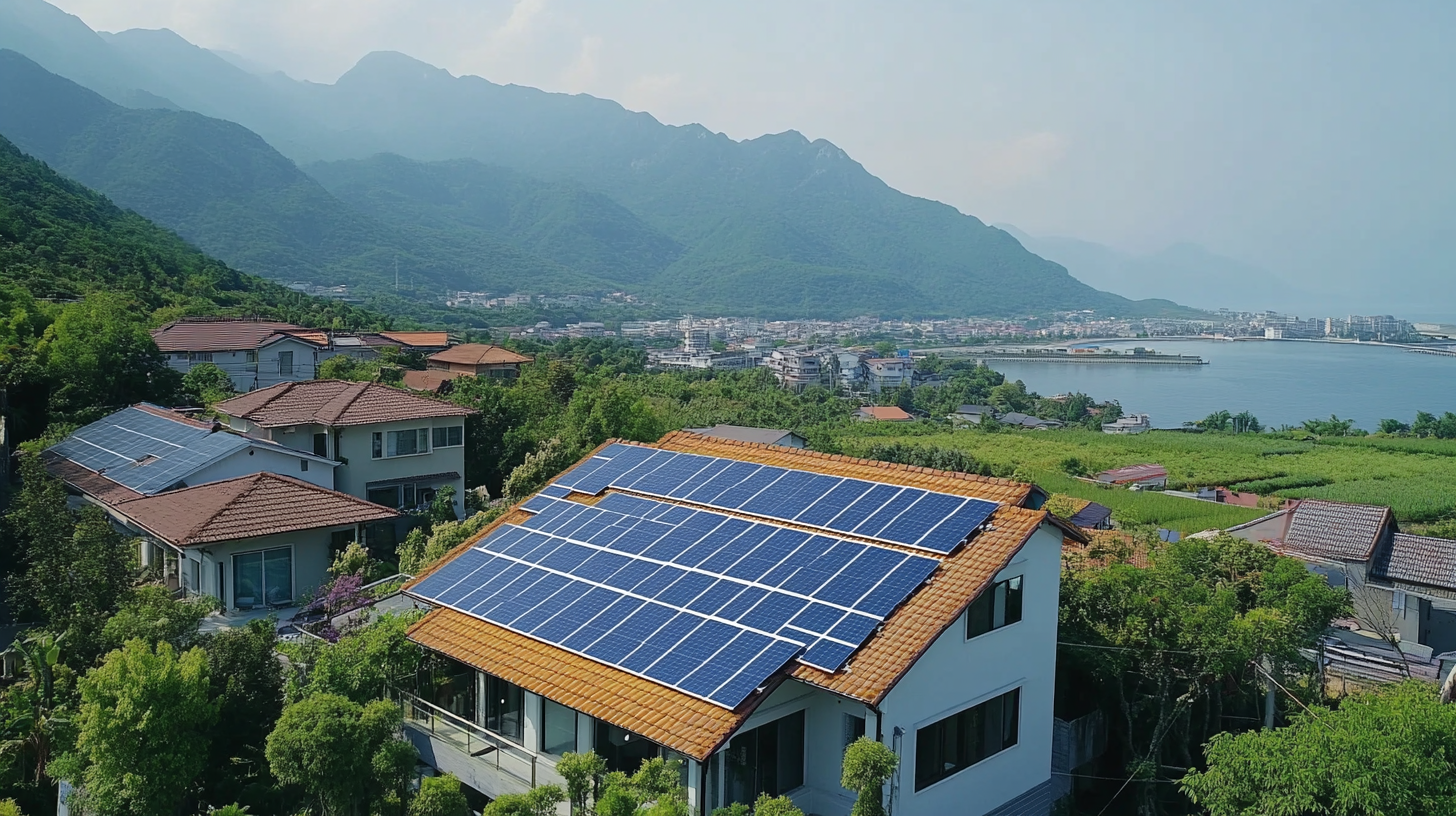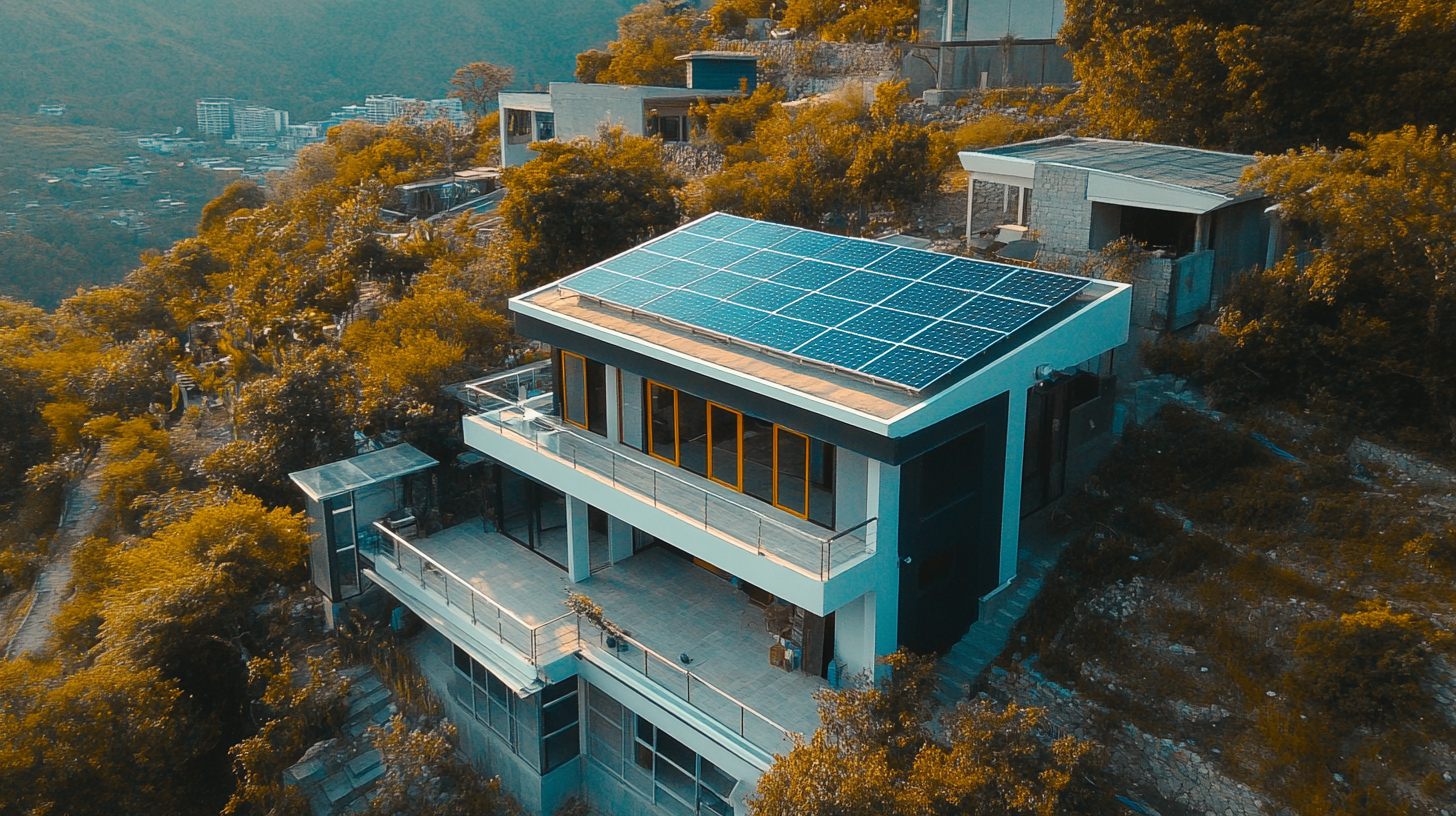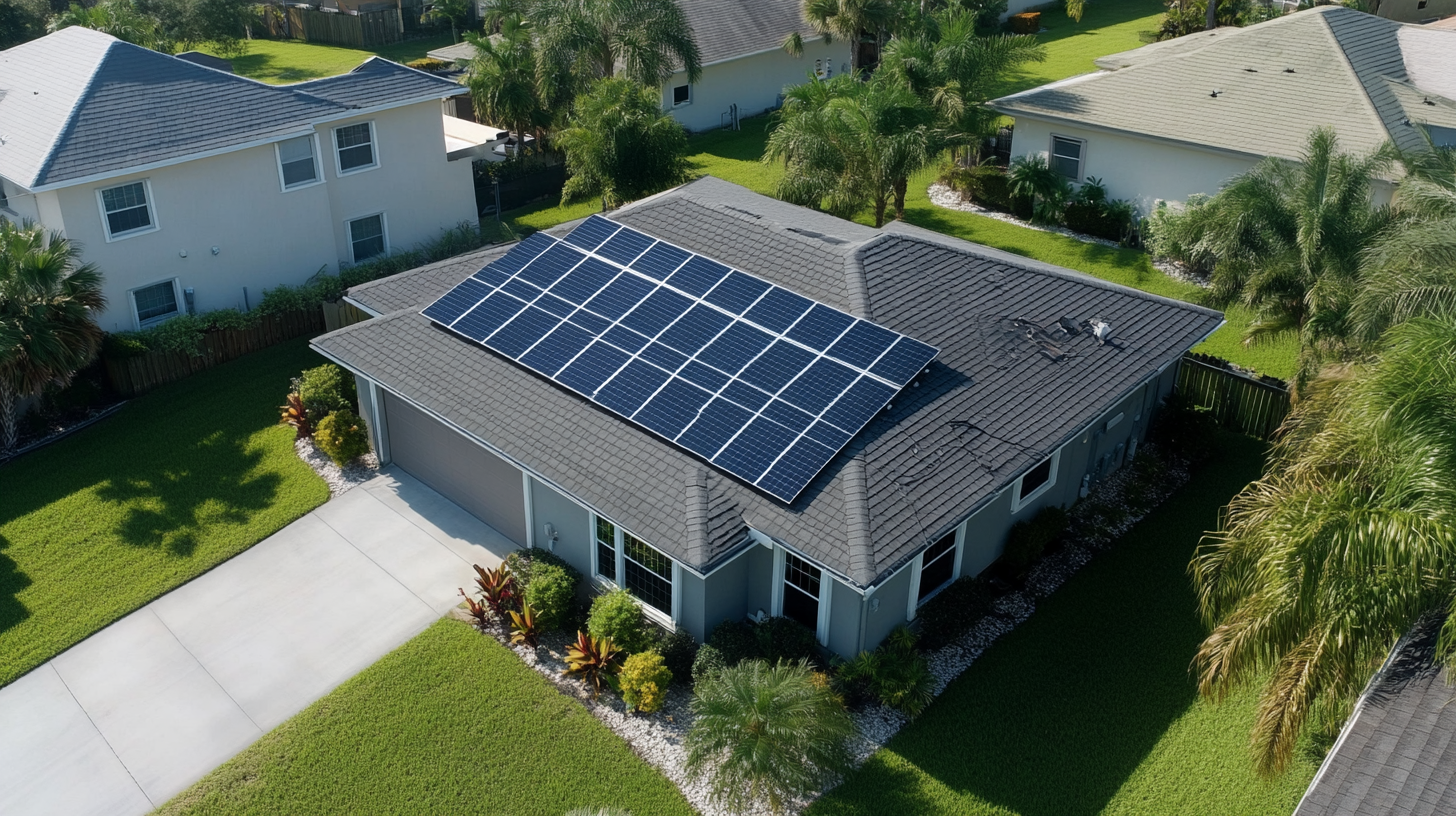Exploring the Technical Specs of Solar Power Solutions and Their Installation Guide
The global shift towards renewable energy sources has propelled solar power into the forefront of sustainable solutions, marking a significant evolution in energy consumption. According to the International Energy Agency (IEA), solar power capacity increased by a remarkable 22% in 2020 alone, underscoring its rapid adoption across various sectors. This surge can be attributed not only to technological advancements but also to the decreasing costs of solar photovoltaic (PV) systems, which have fallen by more than 80% since 2010. The integration of solar energy into the grid is not merely a trend; it represents a pivotal stride towards achieving the ambitious climate goals set by nations worldwide.
Understanding the technical specifications of solar power solutions is essential for anyone looking to harness this renewable resource effectively. The National Renewable Energy Laboratory (NREL) indicates that comprehensive knowledge of installation processes and equipment characteristics directly impacts the efficiency and performance of solar systems. As homeowners and businesses increasingly commit to adopting solar and power technologies, it becomes crucial to explore the installation methods, potential challenges, and best practices that can ensure optimal output and longevity of solar installations. This blog will delve into the intricacies of solar power specifications and provide a detailed installation guide, empowering readers to make informed decisions in their transition to clean energy.

Understanding Solar Power Technology: Key Components and Innovations
The solar power sector continues to witness remarkable innovations that enhance system efficiency and reduce costs. Key components of solar power technology, including photovoltaic (PV) cells and inverters, are critical to optimizing energy capture and conversion. Recent advancements in these areas have led to the creation of high-efficiency solar panels that can achieve conversion rates exceeding 25%, significantly improving the viability of solar solutions in diverse environments. Additionally, the integration of smart energy management systems is transforming how solar power is utilized. These innovations enable real-time monitoring and control of energy production and consumption, ensuring that solar energy is harnessed effectively. The incorporation of battery energy storage systems (BESS) further supports this shift, allowing excess energy generated during peak sunlight hours to be stored and used during lower production times. Current industry reports predict that the global market for energy storage will grow from $10 billion in 2020 to over $20 billion by 2027, highlighting the urgency to innovate alongside solar technologies to achieve a robust clean energy framework. Moreover, the exploration of nature-inspired technologies, such as those that convert sunlight into laser beams for long-distance power transmission, reflects a growing ambition to revolutionize how solar power is deployed on a larger scale. These innovations not only pave the way for new applications in space missions but also signify an evolution in how we think about renewable energy sources and distribution methods. As the industry continues to mature, collaboration between technology developers and energy providers will be instrumental in driving significant advancements that support the global transition to renewable energy.

Evaluating Different Types of Solar Panels: Choices for Efficient Energy Generation
When it comes to harnessing solar energy, the choice of solar panels plays a crucial role in ensuring efficient energy generation. Current industry reports indicate that monocrystalline solar panels remain the preferred option due to their high efficiency rates, typically ranging between 15% to 22%. According to a report by the National Renewable Energy Laboratory (NREL), these panels can produce more energy per square foot compared to their polycrystalline counterparts, making them ideal for installations where space is at a premium.
On the other hand, polycrystalline solar panels, while often more budget-friendly, generally exhibit lower efficiency rates of around 13% to 16%. However, a recent analysis from Wood Mackenzie suggests that advancements in manufacturing processes have improved their performance, making them a competitive choice for residential installations. Additionally, thin-film solar panels, although having an efficiency of about 10% to 12%, are lightweight and flexible, which can be advantageous for certain applications, such as in environments where traditional panels cannot be installed.
When evaluating the best type of solar panel for a specific application, considerations such as initial cost, energy needs, and available space are essential. The U.S. Department of Energy emphasizes that while upfront costs are important, the long-term savings on energy bills can lead to a quicker return on investment, especially with monocrystalline panels. Ultimately, understanding the diverse types and specifications of solar panels is key to optimizing energy generation and making an informed decision in the transition to renewable energy solutions.

The Importance of Inverters: How They Influence Solar Power Performance
In the realm of solar power solutions, inverters play a pivotal role in determining the overall performance and efficiency of solar energy systems. These devices convert the direct current (DC) generated by solar panels into alternating current (AC), which is essential for powering homes and businesses. As the global solar photovoltaic (PV) inverter market is projected to exceed USD 16.8 billion by 2032, understanding the intricacies of inverter technology becomes crucial for both current and prospective solar energy users.
One significant challenge in enhancing solar power performance is the integration of various energy sources, especially in regions where wind and solar power coexist. Recent studies have highlighted the complexities in combining wind turbines with solar panel installations, particularly in the context of power inverters. Shadows cast by wind turbines can adversely affect solar panel efficiency, leading to reduced energy output. This interplay underscores the necessity for advanced inverter technologies that can efficiently manage energy flow from multiple sources.
Moreover, external factors such as dust accumulation and the tilt angle of solar panels significantly impact their performance. Dust can severely hinder the efficiency of solar energy systems, while the tilt of panels must be optimized to allow for maximum sunlight exposure. Advanced inverters not only facilitate real-time monitoring of solar power production but also adapt to these environmental conditions, thus enhancing overall system reliability and efficiency. As the demand for renewable energy solutions grows in Latin America and beyond, especially with increasing Chinese investments in the region, the development of smart inverter technologies will be vital in overcoming these challenges and optimizing solar power output.

Step-by-Step Installation Guide for Residential Solar Systems
Installing a residential solar power system can seem daunting, but breaking it down into manageable steps can simplify the process significantly. The first phase involves thorough planning and assessment of your home's energy needs. Begin by evaluating your electricity consumption patterns to determine the size of the solar system required. Additionally, consider the orientation and shading of your roof; south-facing roofs with minimal shade typically yield the best solar power generation.
Once the assessment is complete, the next step is to choose the right components for your solar system. This includes selecting solar panels, inverters, and mounting systems. Research different technologies, such as monocrystalline and polycrystalline panels, which offer varying efficiencies and costs. After selecting the right components, the installation phase can begin.
The installation of solar panels typically starts with roof preparation, which may involve reinforcing structures to hold the panels securely. Then, the mounting hardware is affixed, followed by the installation of solar panels themselves. Electrical wiring comes next, connecting the solar panels to the inverter. It’s crucial to follow local regulations and safety standards during this process. Finally, after securing the necessary permits, the system can be connected to your home’s electrical system and set up for monitoring the energy output. This organized approach not only streamlines the installation process but also ensures that you can enjoy the benefits of solar energy efficiently and safely.
Common Challenges in Solar Power Installation and Their Solutions
When it comes to solar power installation, several common challenges can arise, but understanding these hurdles can greatly streamline the process. One prevalent issue is the complexity of evaluating solar energy requirements. Homeowners must accurately assess their energy needs based on usage patterns, roof size, and geographical location. Failing to do so can lead to an insufficient system that does not meet their energy demands. Utilizing online calculators or consulting with solar energy professionals can greatly assist in making these precise determinations.
Another significant challenge is the physical installation itself, which often involves navigating local building codes and regulations. Each jurisdiction has different requirements regarding permits and inspections, and overlooking these can delay projects. To mitigate this, it is imperative to work with licensed contractors who are familiar with local laws and can ensure compliance throughout the installation process. Additionally, they can help elude costly mistakes that stem from improper installation techniques or inadequate equipment specifications.
Finally, maintaining the system after installation is crucial. Solar panels require regular upkeep to function optimally, which includes cleaning and periodic inspections for wear and tear. Homeowners often underestimate the importance of this maintenance, leading to diminished performance over time. Establishing a routine check-up schedule and understanding how to care for the panels can prolong their lifespan and efficiency, ensuring that the solar power solution continues providing sustainable energy for years to come.
